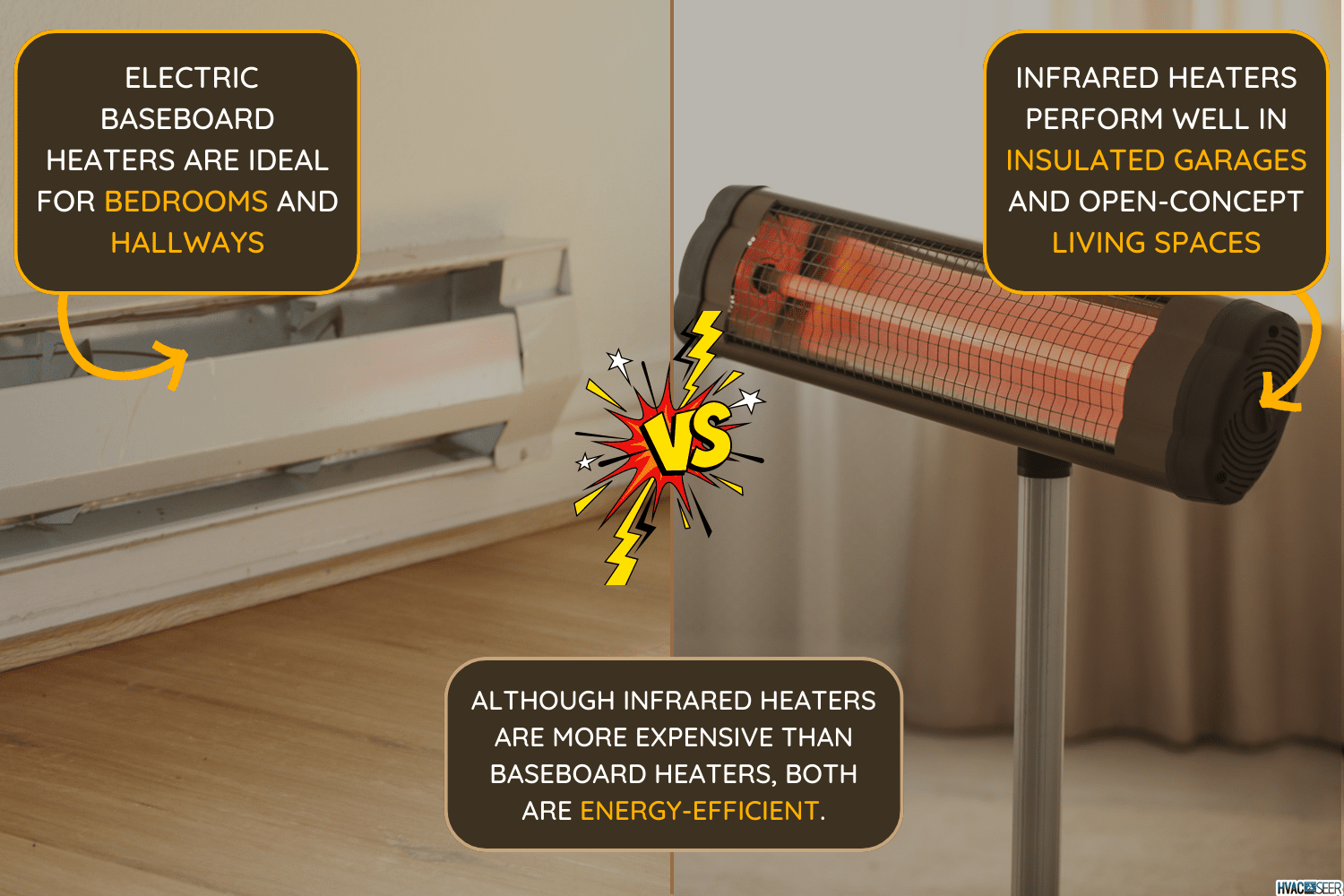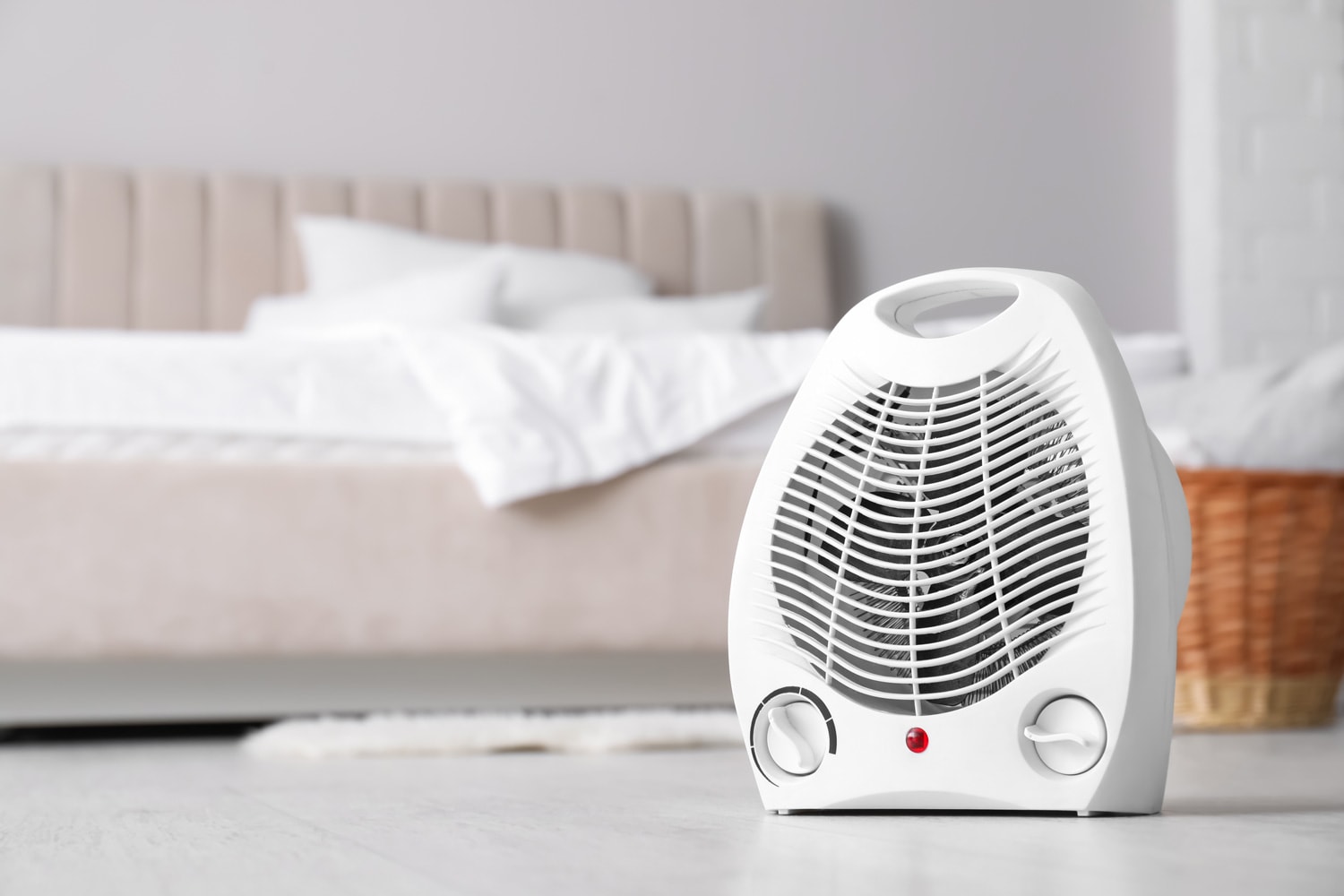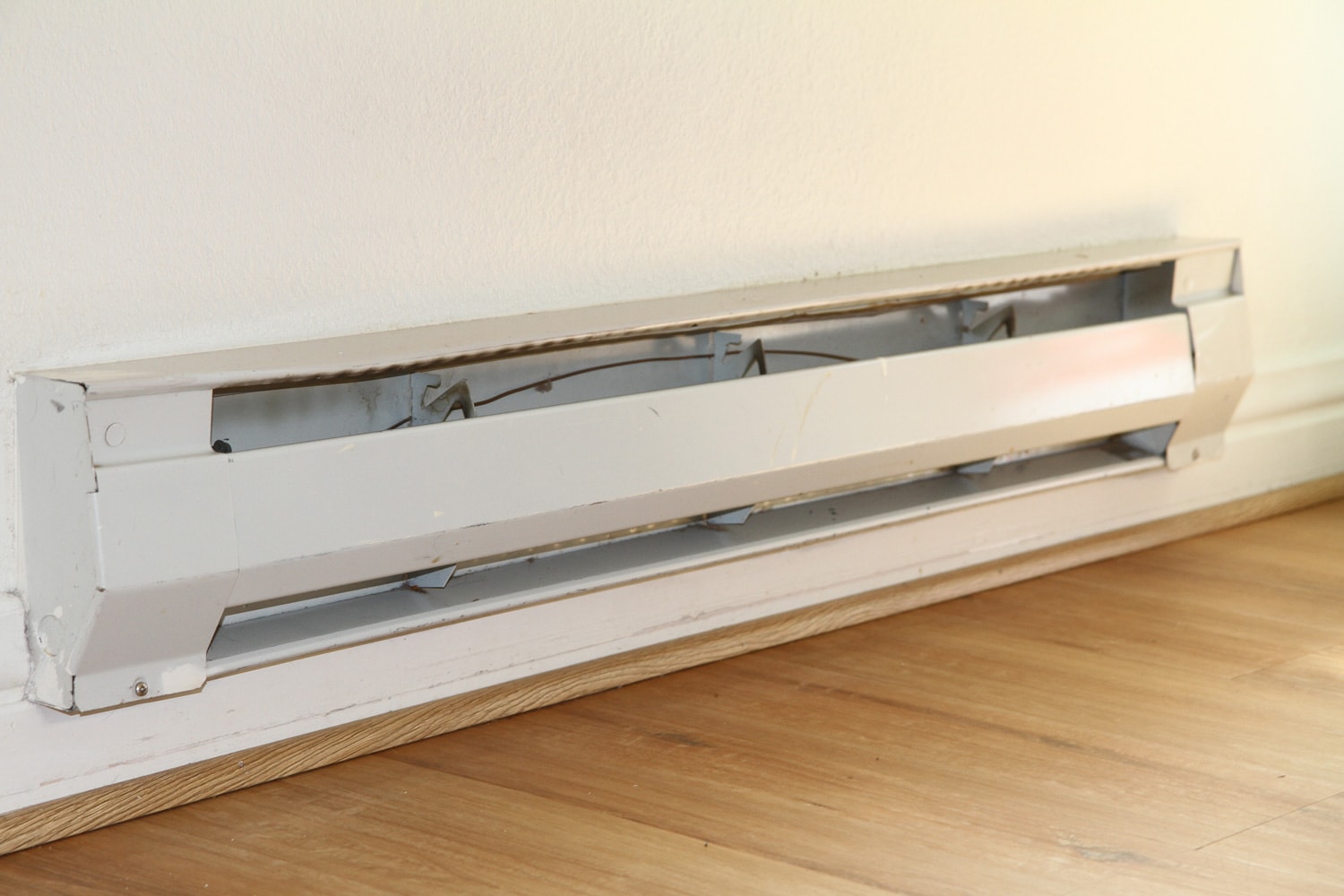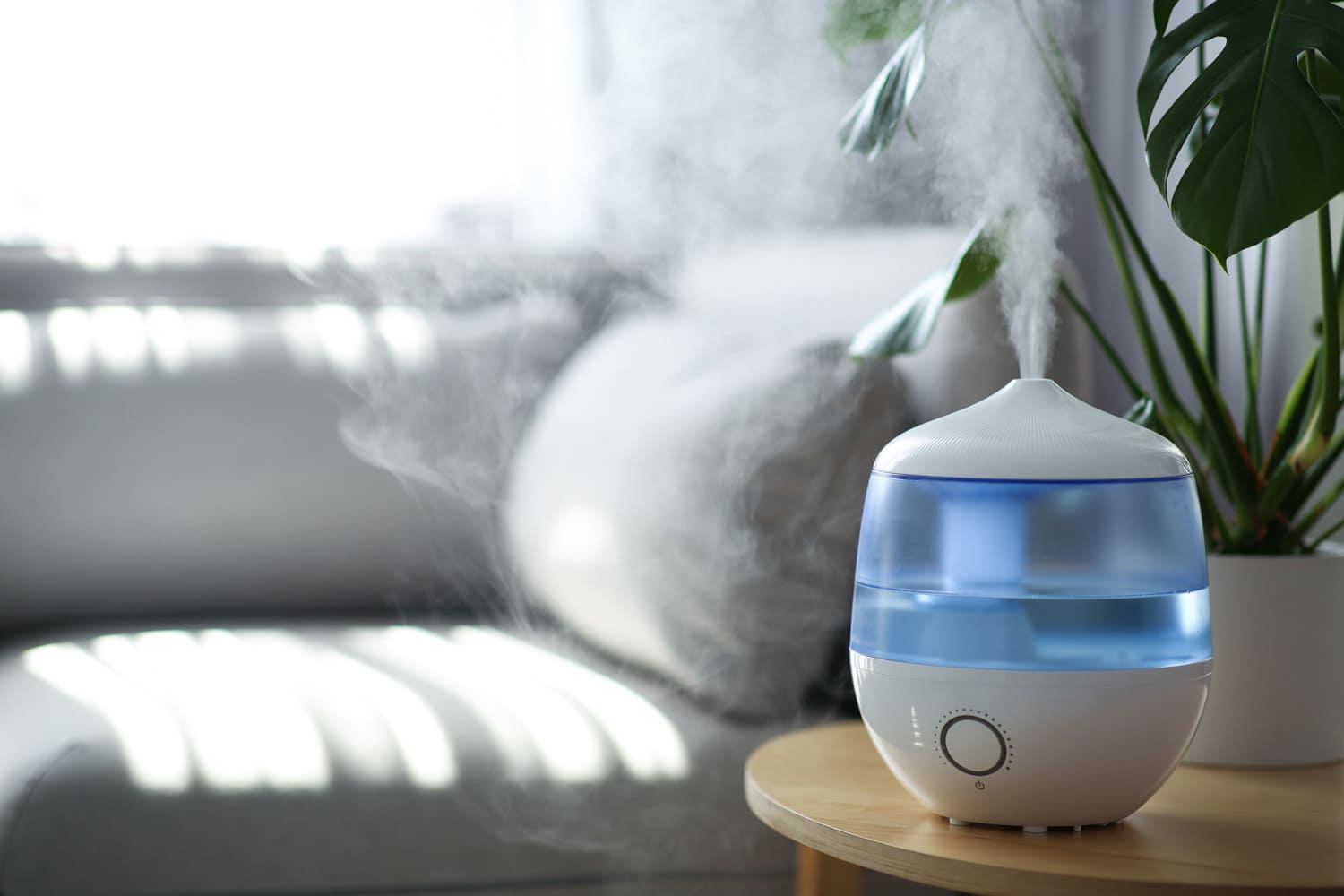Since there are so many varied standards for heaters, choosing between infrared and electric baseboard heaters can be challenging. If you're trying to decide between these two types of heaters, keep reading. We did research on the advantages and disadvantages of both to help you decide.
Although infrared heaters are more expensive than baseboard heaters, both are energy-efficient. While infrared heaters perform well in insulated garages and open-concept living spaces, electric baseboard heaters are ideal for bedrooms and hallways. What you are looking for in a brand will help you determine which to choose.
Allergy sufferers can benefit from infrared heaters, which are safer and healthier because they don't burn any fuel.
The infrared heating panels are made to match the style of your house, while electric baseboard heaters may also offer longer-lasting heat, keeping your home heated for a considerable amount of time after the thermostat is switched off. Read on to discover more.

Infrared Heater Vs. Baseboard Heater
Modern technologies that are cleaner, more energy-efficient, and more affordable are transforming the way we heat our homes.

Baseboard heaters and infrared heaters may be your two top options. Here is a thorough comparison of the two types.
Infrared Heater

Pros
- An infrared heater requires almost no upkeep. Since it has no moving parts, there is no need for maintenance, replacement of air filters, or wear and tear on the motor.
- It is more efficient than central heating systems and easy to install.
- It can be connected to solar panels and doesn't take up a lot of space.
- Many infrared space heaters are attractive and have a wood-like finish that looks good with most decor.
- The deep level of warmth provided by these contemporary electric heating options is ideal for your living room, bathroom, bedroom, and even your yard.
- This type of heater is better for your health, particularly if you have asthma or allergies.
Cons
- An infrared heater can be hazardous to use around children and animals since their coils become extremely hot. However, safer models of infrared heaters are now available.
- Infrared heaters use power to operate, and the entire system can cost more than the typical gas boiler.
- An infrared heater uses only radiant heat, so it may not be the best option for heating a large room.
Check out this infrared heater on Amazon.
Baseboard Heater

Pros
- Compared to the price of installing an infrared heating system, this type of heater is less expensive.
- With high-quality baseboard heaters, there are no fan hums or noises caused by air moving through ducts.
- These heaters use less energy and are more affordable.
- Since they only use hot water to heat, these heaters don't emit any hazardous air.
Cons
- The system's lifespan will be extended by frequent maintenance.
- Because the system responds to changes in the thermostat relatively slowly, it is most efficient when run continuously.
- Baseboard heaters generate heat and frequently become warm. To prevent your baseboard heaters from causing harm or starting a fire, you must maintain a clear area around them.
- Heats a space more slowly than infrared heating systems
See this baseboard heater on Amazon.
How Can I Heat My Home Without Using Electricity?

People are understandably concerned about the increasing cost of energy bills. Can you warm up your house without turning on the heat at all? The answer is yes, and we have some ideas to share that can help you.
Consider these options:
- Terracotta heater
- Fireplace plug
- Solar energy
- Duct-booster fan
- Thermal Curtains
- Humidifier
There are several ingenious alternatives to turning up the heat in a room. In addition to having well-insulated walls and floors, there are additional ways to trick your way into a warmer environment. Continue reading to learn more.
Terracotta Heater
A terracotta heater can be made in a variety of methods. The fundamental technique is to elevate a terracotta pot with a few bricks, set a few tealight candles underneath the pot, and light the candles.
This concentrates the heat from the candles into a smaller zone rather than just dispersing it across the room.
See this Terracotta heater on Amazon.
Fireplace Plug
Fireplace plugs give you complete control of the heat output through thermostat settings, in contrast to gas and wood fireplaces. They also require less maintenance.
A fireplace plug is a practical technique to stop the warm air from leaking out of your chimney. By installing a fireplace plug , homes with fireplaces can reduce their heating bills.
Solar Energy
The sun is a huge source of energy and making use of this free energy is a cheaper alternative to standard heating systems because they are sometimes too expensive. Many individuals are pondering whether to switch to solar as winter approaches.
In addition to producing vitamin D, supporting bone health, decreasing blood pressure, avoiding disease, and fostering excellent mental health, sunlight has numerous other health advantages.
Duct-Booster Fan
A duct-booster fan is often put in lengthy ducting sections and connected to an electrical source in order to boost airflow.
A duct-booster fan levels the airflow of the atmosphere, which will result in a consistent temperature across the entire home.
Check out this duct fan on Amazon.
Thermal Curtains
Curtains can lessen the quantity of air exchange between a cold window and the rest of your home.
Thermal curtains work especially well for preventing cold air from coming in through your windows. They are a relatively inexpensive heating solution and easy to install. These thick layers of cloth act as an effective thermal barrier.
Check out these thermal curtains on Amazon.
Humidifier
Humidifiers may help lower your winter heating costs. The water in a warm-mist humidifier is heated using an electrical element before being released as vapor into the space.
Your home will typically feel warmer at a lower temperature if there is more moisture in the air. Using a whole-house bypass humidifier that tracks and regulates your home's relative humidity can help maintain optimal humidity levels.
In addition to providing heat, a humidifier can also prevent dry nasal passages and may even help you avoid respiratory problems.
Check out this humidifier on Amazon.
What Are The Advantages Of Oil-Filled Heaters?
Oil-filled space heaters are another excellent heating option. They use electricity to operate, despite their name. As a heat reservoir, the oil gradually releases and stores energy. Read on to learn more about its advantages.
Here are the benefits of oil-filled heaters:
- They have excellent thermal retention
- They reserve air humidity.
- Safe for use with children and pets at home
The heat from the oil-filled heater is transferred to the air around it, which rises and draws in the chilly air and is then heated.
Until the space is evenly heated to your preferred comfort level, the process is repeated. For more information, keep reading.
Check out this oil-filled heater on Amazon.
Thermal Retention
This type of heater retains heat quite effectively. No matter the type of oil-filled radiator you are most accustomed to, you will discover that they are all built to heat utilizing the same fundamental principle.
These heaters warm a thermal fluid or oil inside the housing before radiating heat into the space and warming the air in the vicinity.
Healthy
Oil-filled space heaters are a great option for homes with newborn children because they don't burn oxygen or lower humidity. They are a healthy solution because they won't result in dry eyes or skin rashes.
Although they are more expensive than the most basic heater, oil-filled heaters are a potential choice for people with respiratory diseases.
Reserves Air Humidity
An oil-filled heater can maintain the humidity in your environment, unlike the majority of traditional heating systems, which can make your home's air dry.
Exposure to dry air can make you more susceptible to illness. Because oil-filled heaters do not produce arid warm air, they heaters enable you to take advantage of a comfortable, evenly dispersed, humid environment.
Safety
This type of heater is designed so that it doesn't get dangerously hot to the touch. With an oil-filled heater, you won't have to worry about your children or pets coming in contact with an extremely hot appliance.

In Closing
In terms of energy efficiency, an infrared heater performs better than a baseboard heater, but baseboard heaters are more economical because they consume less electricity.
While infrared heaters work well in insulated garages and open-concept living spaces, baseboard heaters are ideal for bedrooms and corridors.
If you found this article informative, check out these related posts:
How To Vent A Big Maxx Heater [Inc. Horizontal & Vertical]
How To Clean The Flame Sensor On A Rheem Tankless Water Heater [Step By Step Guide]







